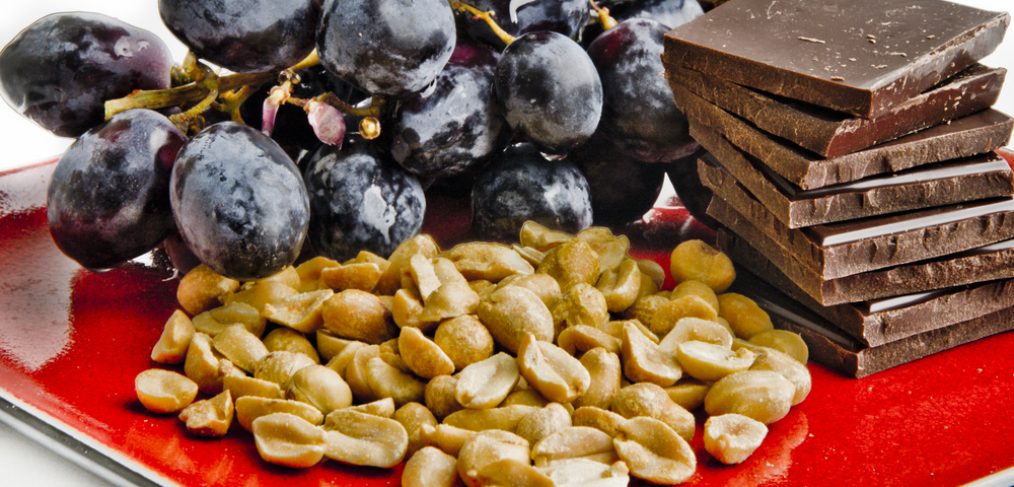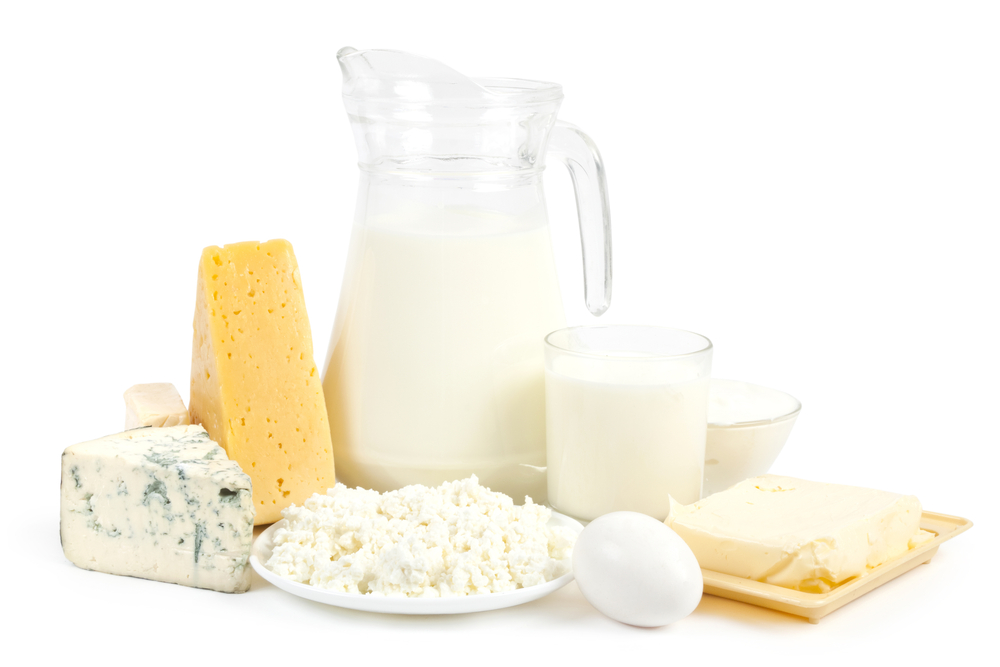Here at Resveralife, we hear new terms related to healthcare and diet all of the time. With so much information it can be hard to fully comprehend what each term or phrase relates to and why these things matter to us. One of the frequently discussed health terms is “glycemic index.” But what exactly is the glycemic index and why does it matter to us?
The Glycemic Index
The glycemic index (GI) is a diet system, originally intended to aid diabetics in making appropriate food choices, that ranks foods based on the effect that carbohydrates have on our blood levels. Foods are assigned a numerical ranking, providing a way to identify which foods are beneficial for our blood sugar, and which could be damaging. Those foods with a high ranking have a rapid blood sugar response while those that are low help to maintain steady levels of of sugar. The glycemic index ranges from the zero to 100.
The Health Benefits
The theory upon which the glycemic index is based maintains that when we ingest foods that rank highly on the scale, our blood sugar response is quick. This results in a sugar spike in our bodies, which inevitably leads to the dreaded sugar crash. When we experience the comedown from sugar, our bodies respond by producing cravings for more sugar.
However, there are other benefits to knowing a food’s glycemic index score than knowing what to avoid if we don’t want to experience sugar crashes. When we consistently feed our bodies large amounts of sugar, there are a number of undesirable reactions. The National Center for Biotechnology Information states that the glycemic index is “increasingly being used to prevent typical diseases of the Western world, including type 2 diabetes mellitus, cardiovascular disease, obesity, metabolic syndrome and acne.”
The benefits of understanding and following the glycemic index range all the way from our heart health to the clarity of our skin.
The Beauty Benefits
We all want radiant, clear, beautiful skin but most of us find the perfect complexion elusive. That’s because what we are putting into our bodies is just as important as what we are putting onto our bodies. We have all heard that eating a certain food whether it is pizza, chocolate or fries will cause breakouts. This is not true, though it is important to put thought into your foods. The reason that foods with a low ranking on the glycemic index may be beneficial to skin is that our blood sugar is responsible for inflammation in our bodies. By reducing the inflammatory response, we reduce the number, frequency or severity of pimples.
Experts caution that the glycemic index is a great starting place to help control our levels of blood sugar, but it is equally important to maintain a well-balanced diet. Some foods that rank highly on the glycemic index, fruits for example, are full of nutrients and vitamins that are beneficial both to our bodies and our skin. Paying attention to what we eat does help in our quest for healthy skin, though it is not the only determining factor in how our skin appears. A good guideline for both body and skin is to gravitate towards fresh produce, lean meats, low-fat dairy and avoid refined carbohydrates as much as possible. We won’t only be eating our way to clearer skin, but also to improved health.






 Dairy
Dairy Fats
Fats Alcohol
Alcohol






